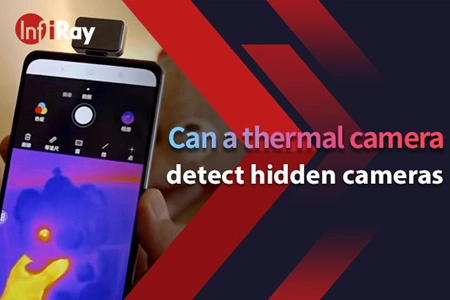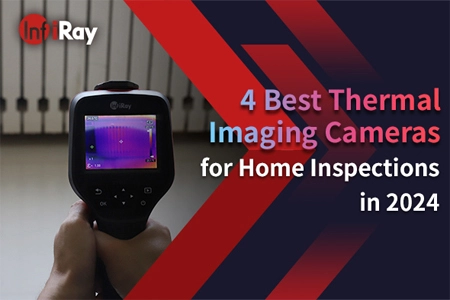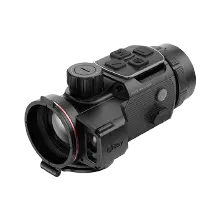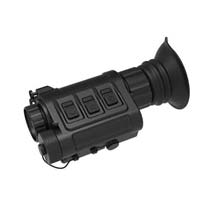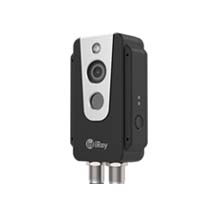Advantages of Handheld Thermal Cameras for Building Inspections
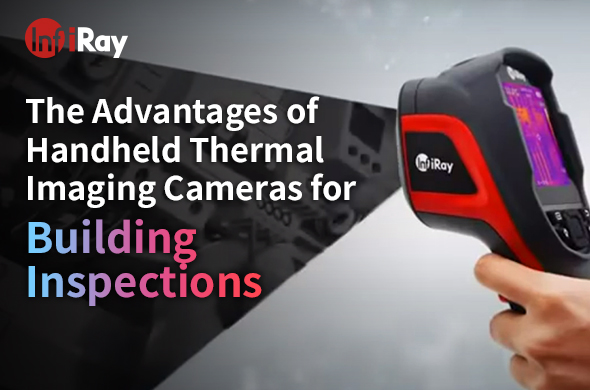
Handheld thermal cameras have revolutionized the field of building inspections. These devices, which use infrared technology to create images based on temperature differences, have made it possible to detect problems that would otherwise remain hidden from view. In this article, we'll explore in greater depth the advantages of using handheld thermal cameras for building inspections.
Identification of Insulation Issues
One of the most significant advantages of using handheld thermal cameras is their ability to detect insulation issues. Insulation is crucial to maintaining a comfortable and energy-efficient environment inside a building, and inadequate insulation can cause significant energy loss, which can drive up energy bills and make a building less comfortable to live or work in.
Thermal cameras can detect areas of heat loss or gain in a building, which can indicate inadequate insulation or air leakage. By identifying these issues, inspectors can take corrective action to improve the insulation in those areas. This can help building owners save money on energy bills and improve the comfort of their building's occupants.
In addition, thermal cameras can also detect areas of excessive heat gain, which can be a sign of insulation that is too thick or improperly installed. By addressing these issues, building owners can ensure that their building is functioning at its best. Click to find the right InfiRay handheld thermal imaging camera for building inspection.
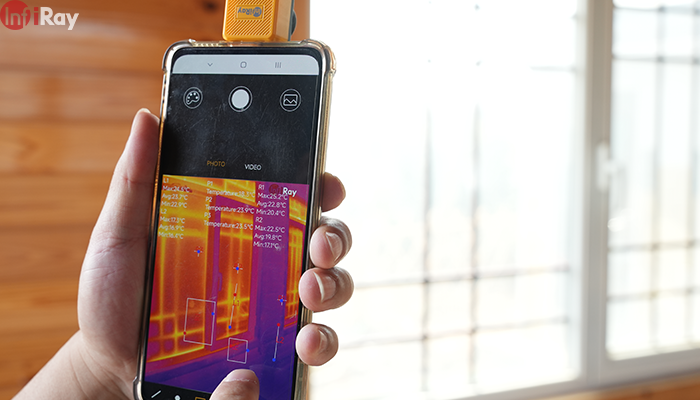
Using the InfiRay thermal camera for smartphones to check the insulation of the room, cold air is constantly seeping in at the window seams.
Identification of Electrical System Issues
Another major benefit of using handheld thermal cameras is the ability to detect electrical system issues. Electrical issues can pose a significant safety hazard, as well as cause damage to equipment and disrupt operations. By detecting areas of overheating in electrical components, thermal cameras can identify potential problems before they lead to more significant issues.
For example, a thermal imaging camera can detect hot spots in electrical panels or breakers, which could indicate an overloaded circuit or loose connection. By identifying these issues early on, inspectors can take corrective action before a more significant problem occurs. This can help prevent costly downtime and potential safety hazards.
Thermal cameras can also detect issues with electrical equipment, such as motors or transformers. Overheating in these components can indicate a problem with the equipment, such as a worn bearing or a fault in the winding. By identifying these issues early on, inspectors can take corrective action before the equipment fails completely, preventing costly repairs or replacements. Click to see how thermal cameras can identify hidden cameras in rooms.
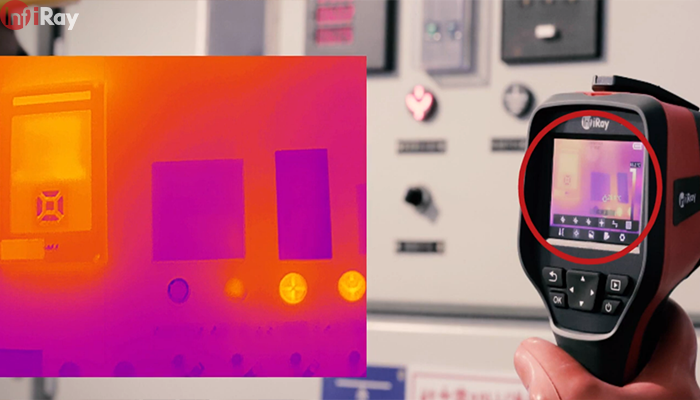
Monitoring of power systems with InfiRay handheld thermal cameras.
Identification of HVAC System Issues
Another advantage of using handheld thermal cameras for building inspections is the ability to detect HVAC system issues. HVAC systems are essential for maintaining a comfortable environment inside a building, but they can also be a significant source of energy loss if they are not functioning correctly.
Thermal cameras can detect areas of heat loss or gain in HVAC ductwork, as well as identify areas where air is not flowing correctly. By identifying these issues, inspectors can take corrective action to improve the efficiency of the HVAC system and save building owners money on energy bills.
In addition, thermal cameras can also detect issues with HVAC equipment. For example, a thermal imaging camera can detect overheating in an air conditioning unit, which could indicate a problem with the compressor or refrigerant. By identifying these issues early on, inspectors can take corrective action before the problem becomes more significant, preventing costly repairs or replacements.
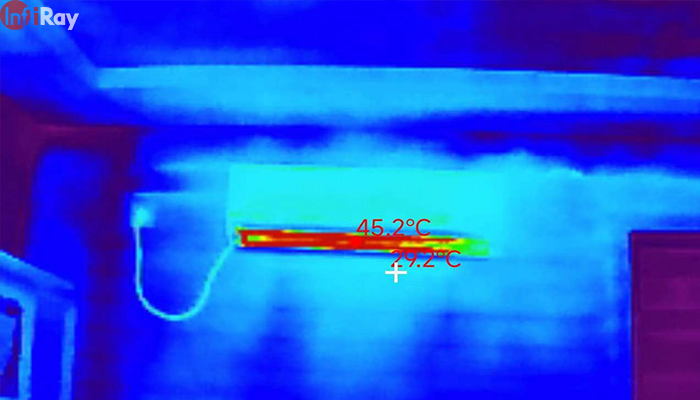
The air conditioner is working properly as can be seen in the thermal image obtained from the InfiRay thermal camera.
Identification of Structural Issues
Another significant advantage of using handheld thermal cameras for building inspections is the ability to detect structural issues. Thermal cameras can detect temperature differences on a building's surface, which can indicate areas of moisture or water intrusion. Moisture can cause significant damage to a building's structure, leading to mold growth, wood rot, and other issues.
Thermal cameras can also detect areas of missing or damaged insulation, which can cause significant energy loss and contribute to structural problems. By identifying these issues early on, inspectors can take corrective action to prevent further damage and save building owners money on repairs. See what else InfiRay handheld thermal cameras can do besides building inspections?
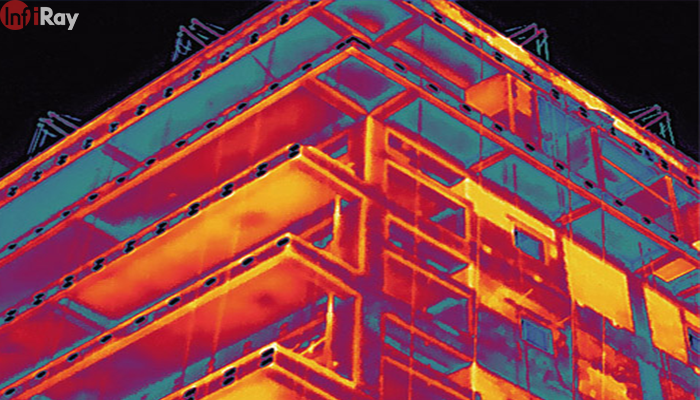
With the InfiRay thermal camera, we can easily detect cold spots and hot spots in the building structure.
Identification of Fire Hazards
Finally, handheld thermal cameras can also be used to identify fire hazards. Electrical issues, such as overloaded circuits or loose connections, can create heat buildup that can lead to fires. By detecting areas of overheating, thermal cameras can identify potential fire hazards and help inspectors take corrective action before a fire occurs.
In addition, thermal cameras can also detect hot spots in insulation or other building materials, which could indicate the presence of a smoldering fire. By identifying these issues early on, inspectors can take corrective action to prevent a fire from spreading and causing significant damage.
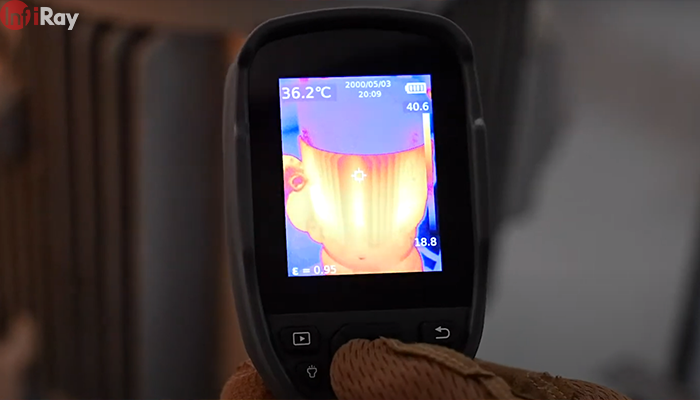
Inspect buildings regularly with InfiRay thermal cameras to prevent fires caused by overheating circuits.
Conclusion
In conclusion, handheld thermal cameras have a wide range of advantages for building inspections. These devices can identify insulation issues, electrical system issues, HVAC system issues, structural issues, and fire hazards, among other things. By using thermal cameras, inspectors can identify potential problems early on and take corrective action before they lead to more significant issues.
As technology continues to advance, thermal cameras are becoming more affordable and more widely used in building inspections. With their ability to detect hidden problems and potential safety hazards, these devices are an invaluable tool for building inspectors and can help to build owners save money on energy bills, prevent costly repairs, and ensure the safety and comfort of their building's occupants.

 français
français  Deutsch
Deutsch  Español
Español  italiano
italiano  русский
русский  português
português  العربية
العربية  日本語
日本語  한국어
한국어  magyar
magyar 






